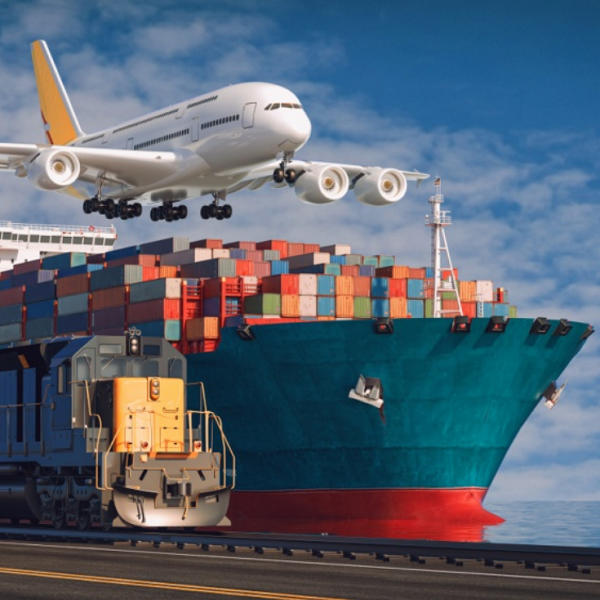
New cost burden threatens to slam brakes on the Australian transport sector: Earlypay
The latest governmental and regulatory challenges to hit the Australian transport sector have just come into effect to further stifle 1000s of some of the nation’s most important small to medium enterprises (SMEs).
Since July 1, the National Minimum wage increased by 3.5 per cent and the superannuation guarantee increased to 12 per cent. The changes, combined with the General Interest Charge and Shortfall Interest Charge incurred on tax debts, which can no longer be claimed as a tax deduction, means more than 237,000 SMEs operating in the transport, postal and warehousing sectors are dealing with more complexity than ever before.
Furthermore, Australian Securities and Investment Commission (ASIC) have increased business name fees and the cost of registering a company as well as the annual review fee.
Chief Executive Officer of invoice finance specialists Earlypay, James Beeson, says all of these latest imposts on SMEs, particularly in the transport sector, are having a “profound impact on cash flow and day-to-day operations right across the small business sector”.
“Whether it’s moving freight across states or keeping shelves stocked, transport businesses are essential to the economy. But they’re being squeezed by rising costs and more regulatory complexity,” Beeson said.
What’s more, he says there’s more to come with the Payday Super program, requiring employers to pay super at the same time as their salary and wages, potentially kicking-in from July 1 next year.
“While the Payday Super program will provide Australian employees with more certainty around their superannuation balances, it’s another cashflow challenge for transport business owners who often have to endure long payment cycles while at the same time pay for staff, fuel and fleet,” Beeson said.
Earlypay deal with SMEs across a range of sectors which puts them in the unique position of being able to speak directly to the financial challenges and cash flow pressures of each sector.
“As for the transport sector, it literally drives the economy forward and operators urgently need less red tape across their operations or we risk watching our supply chain grind to a halt,” Beeson said.
Recent data from CreditorWatch supports this concern, showing rising insolvency rates across the Transport, Postal and Warehousing sector — an area traditionally considered more stable. It’s a clear signal that economic strain is deepening even among the industries that keep the country moving.
The current challenges facing the sector come at the same time as the nation faces a drastic shortage of drivers over the next few years, with nearly 50 per cent of Australian truck drivers aged over 55.
According to the International Road Transport Union’s IRU’s latest global truck driver shortage report, there is a widening age chasm between young and older driver employment rates, and Australia is one of the worst hit.
The report found that 21 per cent of current Australian drivers will retire by 2029 yet only 5.4 per cent of the current cohort are aged under 25.
Speaking on release of the report, IRU Secretary General Umberto de Pretto said, “The truck driver shortage crisis continues to deepen with, most alarmingly, an ever-widening chasm between young and older drivers.
“Without concerted and continuing action, this demographic timebomb will explode, seriously impacting economic growth and competitiveness across the globe.”


